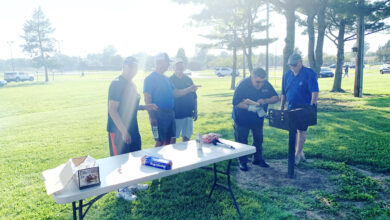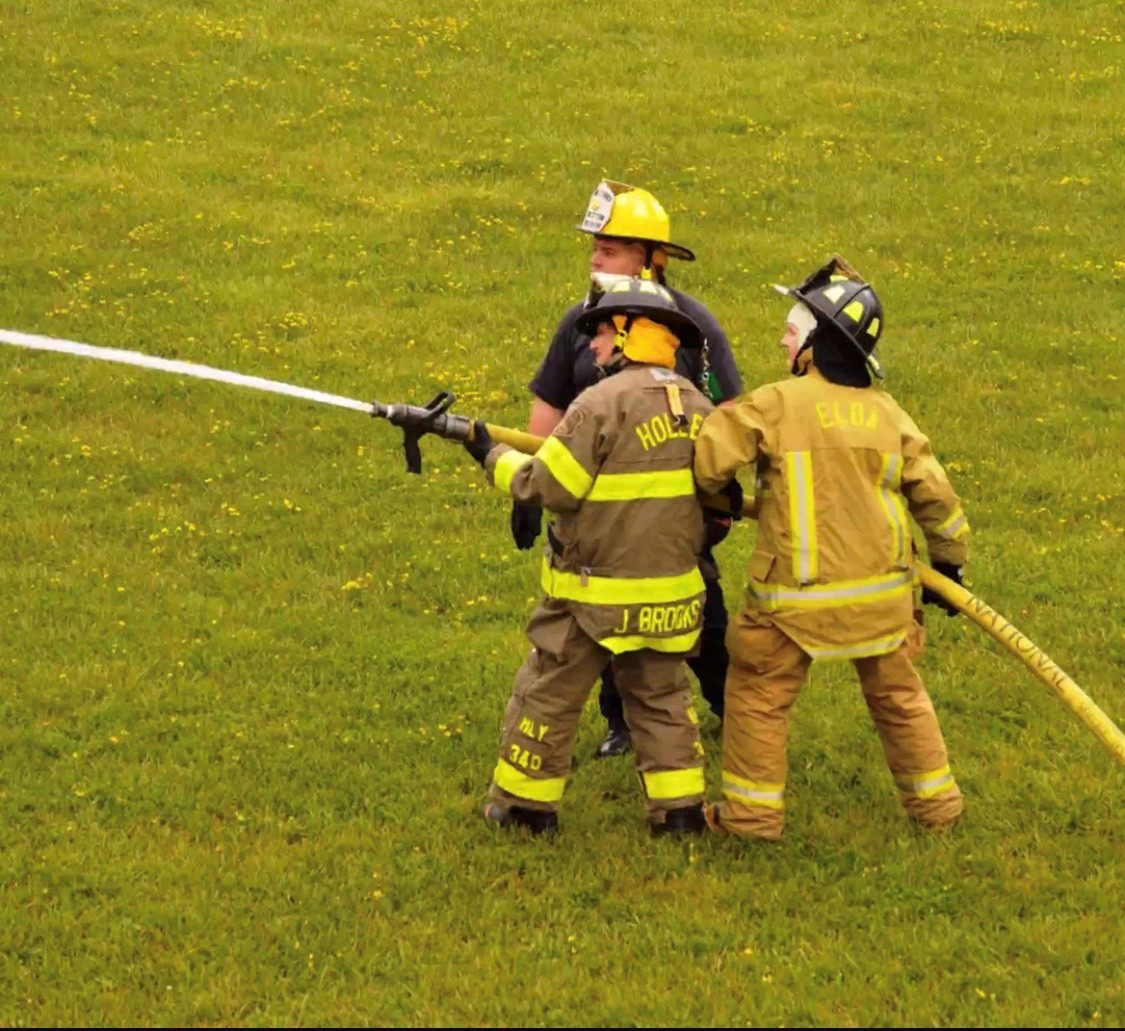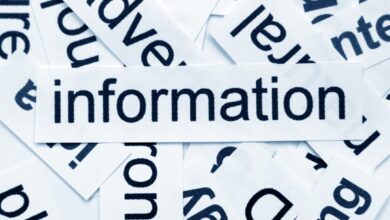Best practices for fireplace inspections

Nothing beats the cold like a warm wood-burning fireplace. But homeowners need to maintain and service both the fireplace and chimney. New York State Homeland and Security Services (NYSHSS) recommends an annual chimney inspection by a qualified chimney sweep.
Regular chimney inspections can help prevent carbon monoxide poisoning, which can occur if the fireplace and chimney are poorly ventilated. An experienced chimney professional can also tell if a chimney’s walls have a buildup of creosote, a flammable by-product of burning wood. Creosote is a fire hazard that can ignite and lead to chimney fires. It’s also toxic; exposure to creosote can irritate the eyes and skin and cause respiratory issues.
In addition, a chimney sweep can determine if the temperature of a chimney flue is too high, which can lead to a chimney fire. Once the fireplace and chimney have been inspected and serviced (if needed), it’s important to practice good safety habits to prevent a dangerous fire.
NYSHSS recommend the following maintenance practices for your fireplace and chimney:
•Burn only well-seasoned hardwoods.
•Install a chimney cap.
•Install a carbon monoxide detector.
•Have a chimney sweep ensure that the chimney has an appropriate liner.
Be sure a wood or coal stove is installed at least 36 inches away from the wall and keep combustible materials far from the stove and chimney connector. NYSHSS also recommends placing an approved stove board under the unit to protect the floor from heat.
Provided information





